Big cats have captured human imagination for centuries, inspiring tales of mystery, power, and grace. These magnificent creatures – including lions, tigers, leopards, and cheetahs – roam the wild landscapes across the world. For wildlife enthusiasts and adventure seekers, observing big cats in their natural habitat is a thrilling experience. This article delves into the best destinations where you can encounter these apex predators in the wild.
African Savannas The Kingdom of Lions
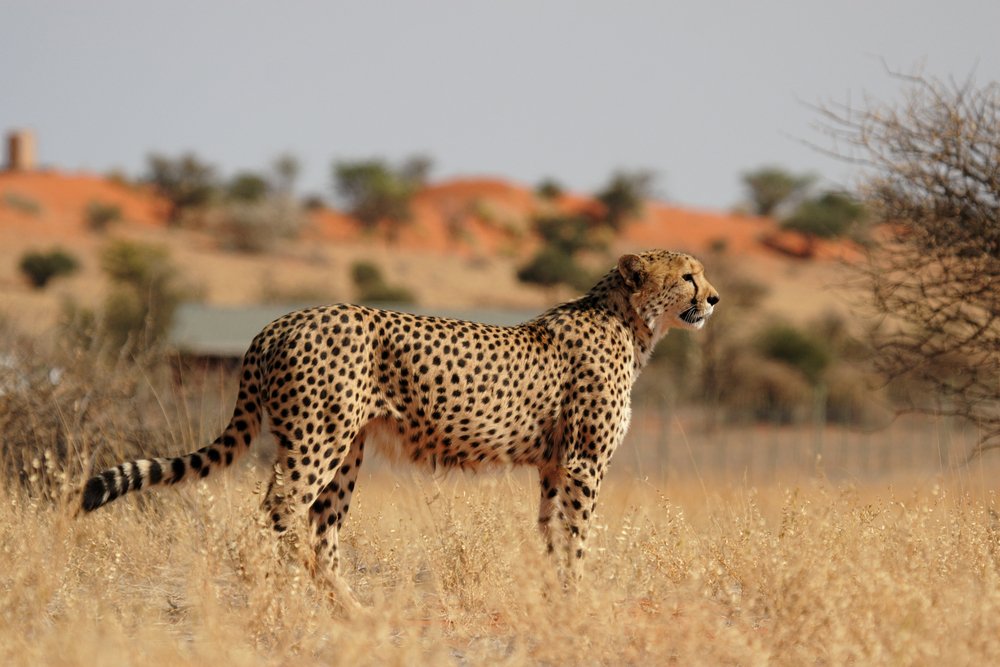
Africa is home to the most celebrated of big cats, the lion, often referred to as the “King of the Jungle.” The continent’s vast savannas and national parks provide prime opportunities to witness these majestic animals. Countries like Tanzania, Kenya, and South Africa are top destinations for lion sightings, where they can often be seen lazing under the sun or coordinating a hunt.
The Serengeti A Haven for Predators

The Serengeti National Park in Tanzania is synonymous with breathtaking wildlife encounters, including frequent sightings of pride of lions. This region’s open plains provide ideal conditions for spotting these big cats. The Great Migration, where millions of wildebeests and zebras traverse the savanna, attracts lions, creating an extraordinary spectacle of nature.
Tracking Leopards in the Sabi Sands
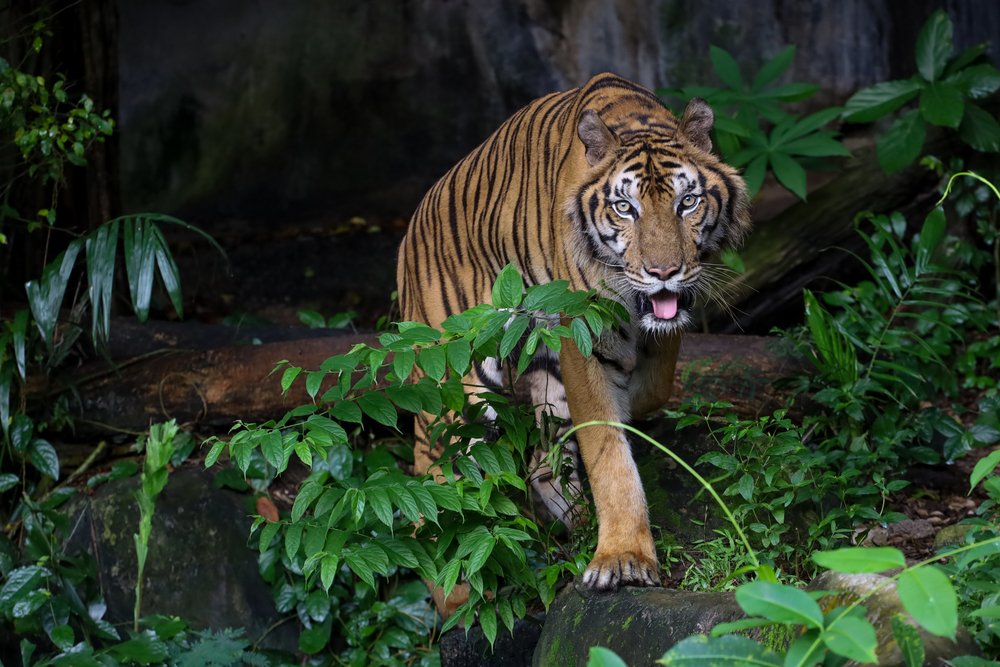
The elusive leopard is perhaps one of the hardest big cats to spot due to its nocturnal and solitary nature. However, the Sabi Sands Game Reserve in South Africa is renowned for its high leopard densities and excellent viewing opportunities. Here, skilled trackers work to locate these beautiful cats, allowing visitors to observe them up close in their natural settings.
Sundarbans Home to the Bengal Tiger

The Sundarbans, a UNESCO World Heritage Site in India and Bangladesh, is a labyrinth of mangrove forests that shelters the Bengal tiger. This unique habitat provides a distinct view of the big cats, as they navigate through rivers and dense thickets. While tigers are notoriously elusive, exploring this unique ecosystem increases the chances of a rare sighting.
Exploring Ranthambore for Tiger Encounters
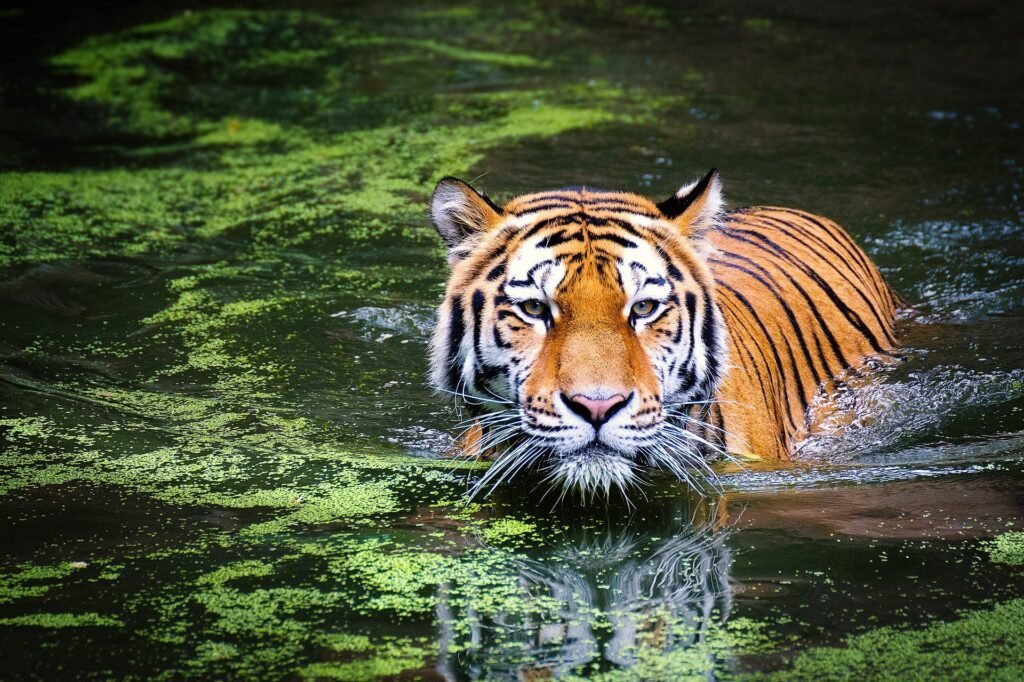
Ranthambore National Park in India offers one of the most accessible locations to see Bengal tigers in their natural environment. The park’s varied terrain of lakes, ruins, and lush forests creates a picturesque backdrop for photographers. Regular safaris increase the likelihood of encountering these majestic predators as they roam and hunt.
The Mystical Snow Leopards of the Himalayas

The snow leopard, with its striking grey coat and mesmerizing blue eyes, finds its home in the rugged terrains of the Himalayas. Spanning countries like India, Nepal, and Bhutan, these remote areas provide opportunities for adventurous travelers to track this rare and elusive big cat. Visiting during the winter months enhances the chances of sightings, as snow leopards venture to lower altitudes.
Jaguars in the Pantanal Wetlands
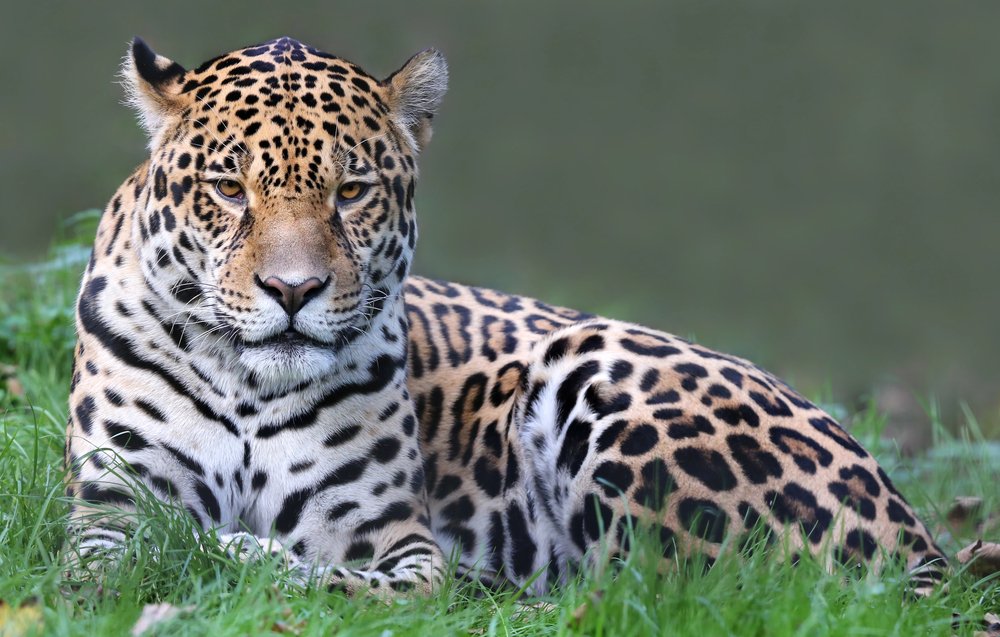
South America’s Pantanal region in Brazil is recognized as one of the best places in the world to see jaguars, the third-largest big cat after tigers and lions. The wetlands support a rich biodiversity, and during the dry season, jaguars can be seen sunbathing along riverbanks or stalking prey. Boat safaris provide unique and intimate viewing experiences.
The Arabian Deserts A Chance to Spot the Arabian Leopard
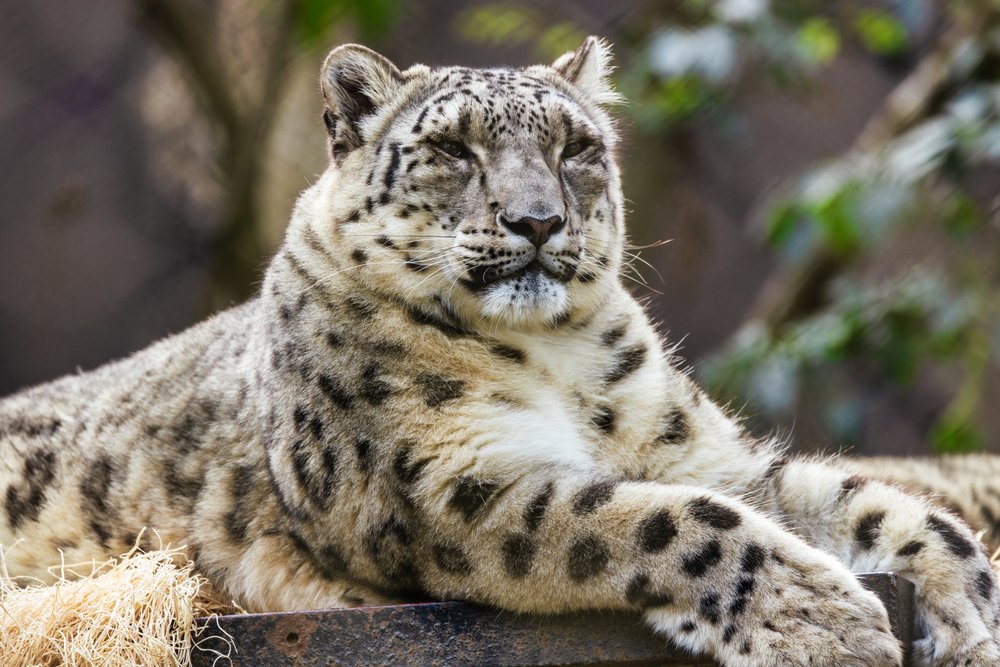
The Arabian leopard, critically endangered and smaller than its African and Asian counterparts resides in the deserts and rocky terrains of the Arabian Peninsula. Though incredibly rare, reserves in Oman and Yemen are actively working to conserve these felines and offer chances to observe them in the wild.
Conservation Efforts Protecting Big Cats
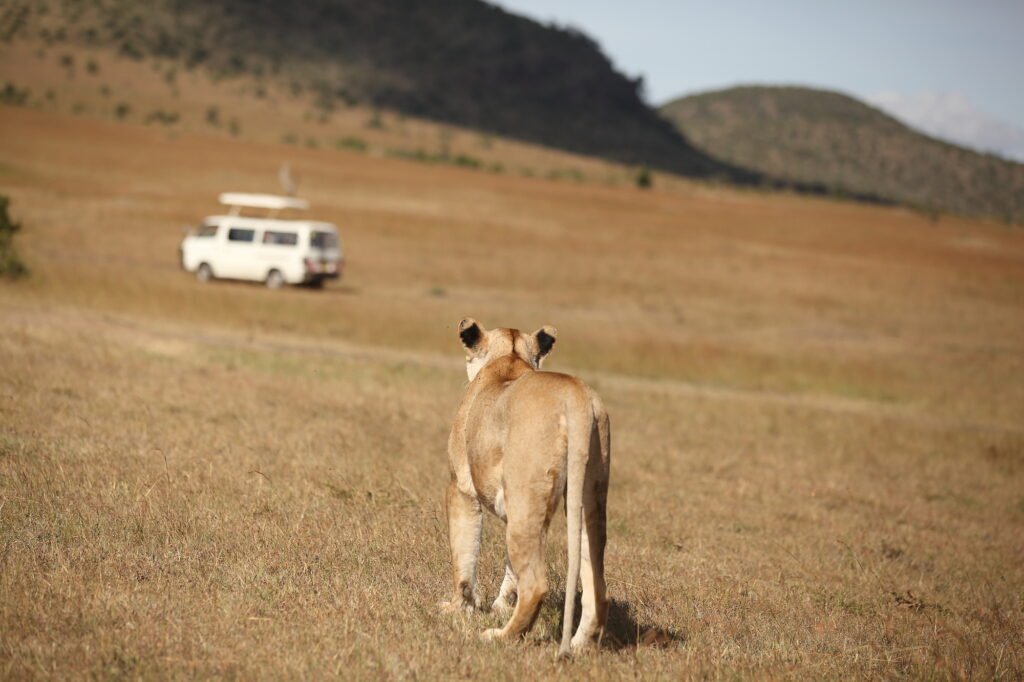
Observing big cats in the wild underscores the importance of conservation. With many species facing threats from habitat loss, poaching, and climate change, international and local efforts play a crucial role in their survival. Conservation programs across these regions, including community-driven tourism and anti-poaching initiatives, aim to protect these iconic creatures for future generations.
Responsible Wildlife Tourism

As you set out to witness the majesty of big cats, it’s vital to engage in responsible wildlife tourism. Choose tour operators who prioritize the well-being of animals and support conservation efforts. By doing so, you not only enrich your travel experience but also contribute to the preservation of these extraordinary animals and their habitats.
From the sunny African plains to the snowy peaks of the Himalayas, the world offers numerous opportunities to encounter big cats. These adventures not only provide thrilling experiences but also offer insights into the delicate balance of ecosystems and the need for continued conservation efforts.






